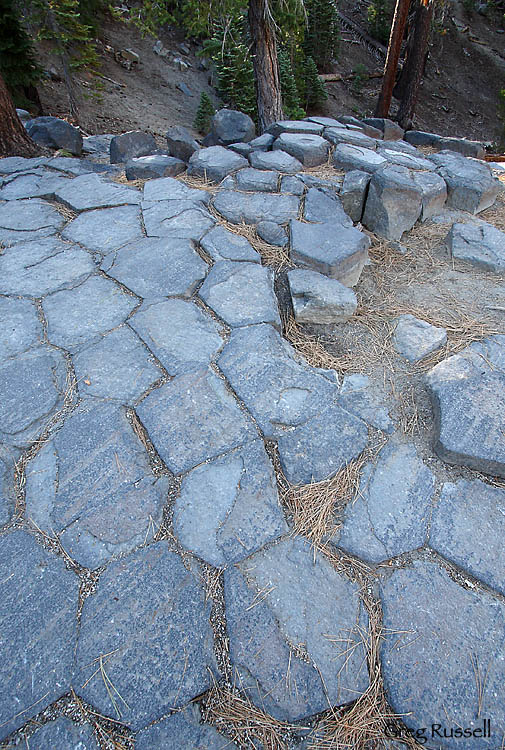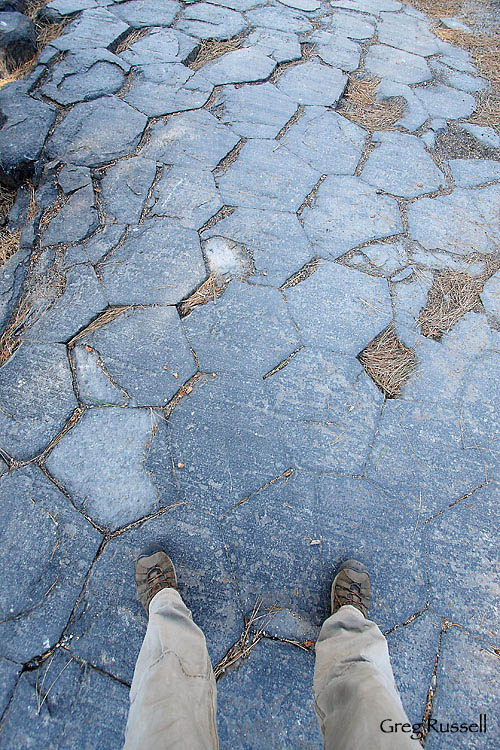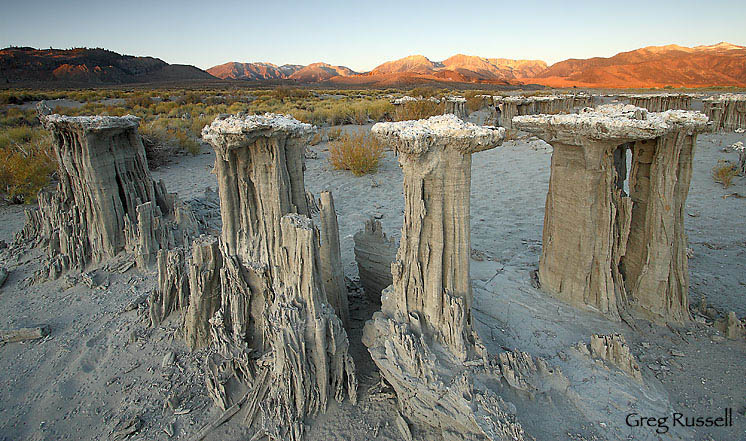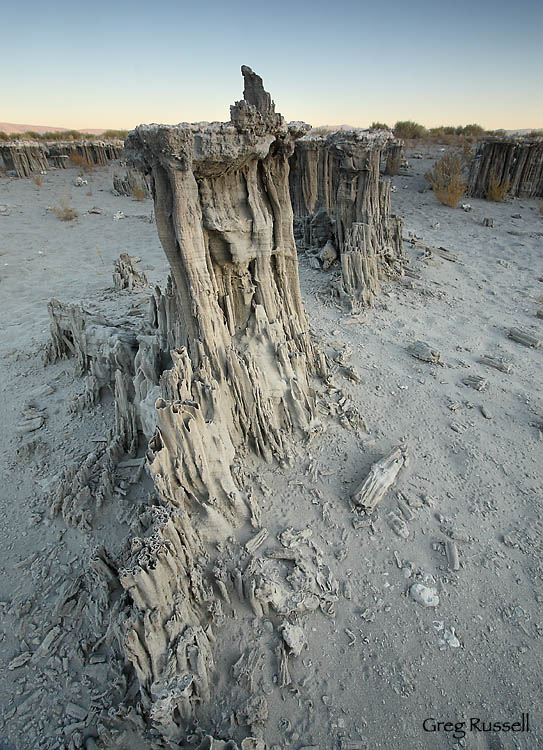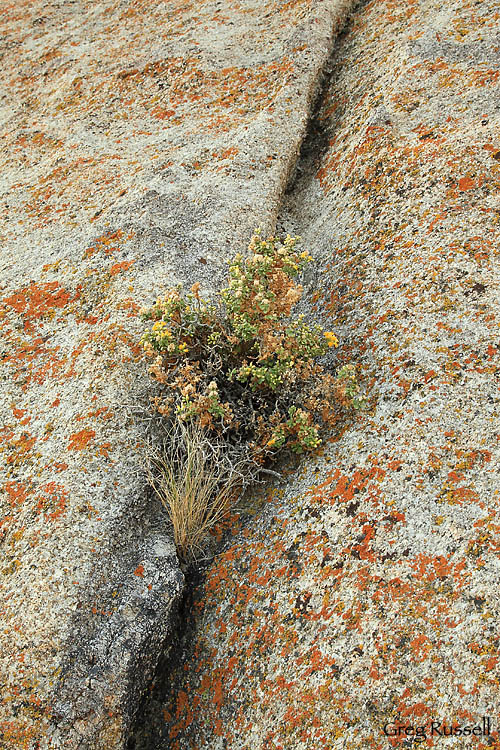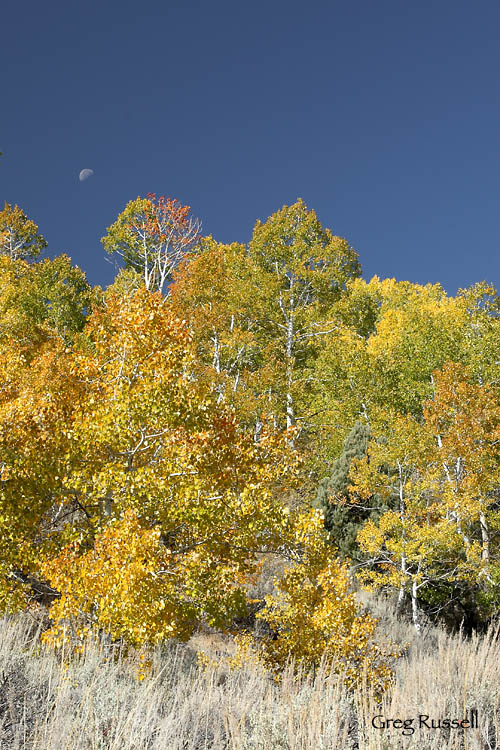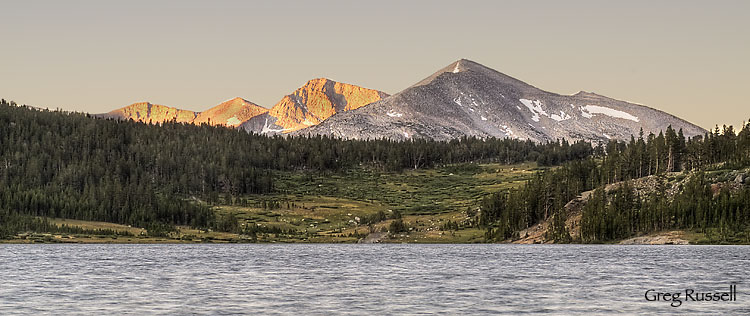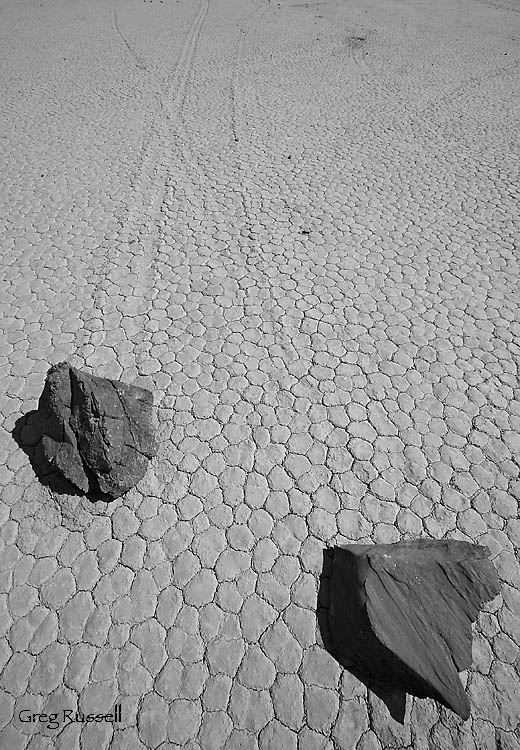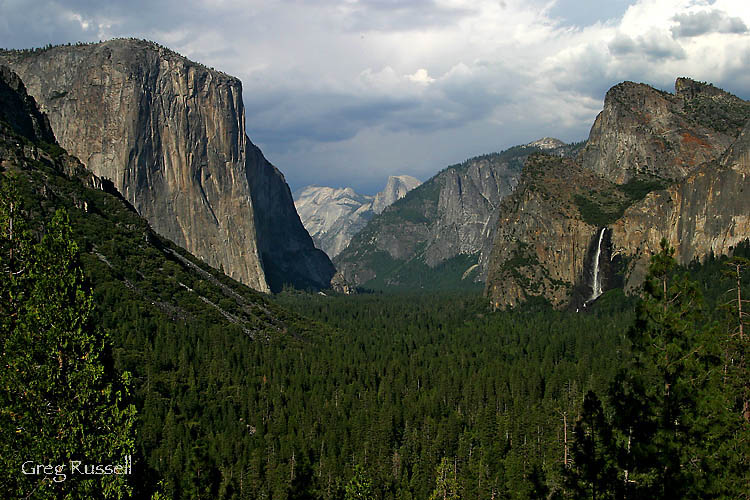One of my very first photographic inspirations was Galen Rowell. Before I was a photographer, I knew who Galen was, and I greatly admired his work. I was always impressed by the intimate way in which he connected the viewer to the subjects in his images. On top of that, I have always looked up to him as a human being as well. For lack of better words, he just seemed like a good guy. Those who knew him seem to be able to attest to that.
Galen and his wife Barbara lost their lives on the day my wife and I moved to California–August 11, 2002. I remember moving into our apartment in 115 degree heat, turning on NPR that evening, and hearing about the loss. It really was just that: a loss to the photographic community, environmental community, climbing community, and global community. However, I think we’re fortunate that Galen’s photographs continue to bring us closer to our world. This is due to a lot of hard work by his friend and family, and the brilliance of his photographs becomes quickly evident when you walk through his gallery in Bishop, CA. People walk around silent, in awe…inspired.
On my recent Sierra trip, I was able to visit Mobius Arch for the first time. Located in the Alabama Hills outside of Lone Pine, CA, Mobius frames the tallest peak in the contiguous U.S.–Mt. Whitney–perfectly. Although Mobius has many alternative names, my favorite is “Galen’s Arch” as a tribute to Galen Rowell.
Making these images and thinking about my motivation for taking photos, I’m reminded of part of Galen’s writing:
The Mountain Photographer
My interest in photography did not begin with books or mentors, or with any burning desire to see the world through a camera. It evolved from an intense devotion to mountains and wilderness that eventually shaped all parts of my life and brought them together. Photography was never simply a hobby or a profession for me. Once I began taking pictures, it became an integral part of my life.
Despite the occasional frustration, that’s how I view my photography. I am grateful to have Galen Rowell to thank for both my early and continued inspiration.
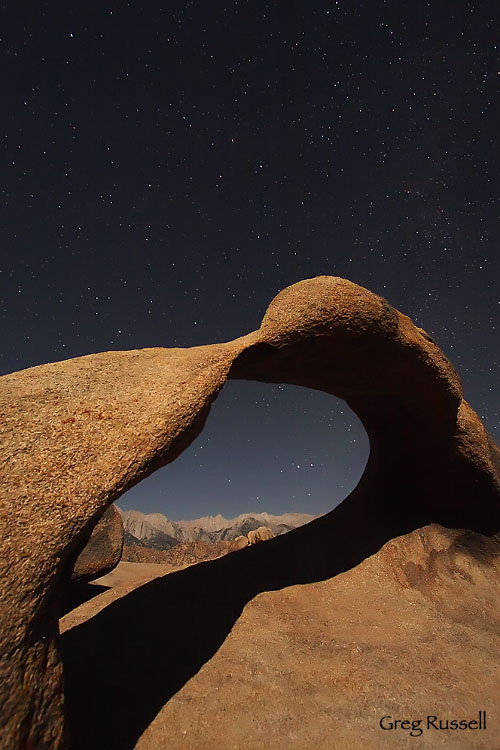 Galen’s Arch by starlight, Alabama Hills, California, October 2009
Galen’s Arch by starlight, Alabama Hills, California, October 2009
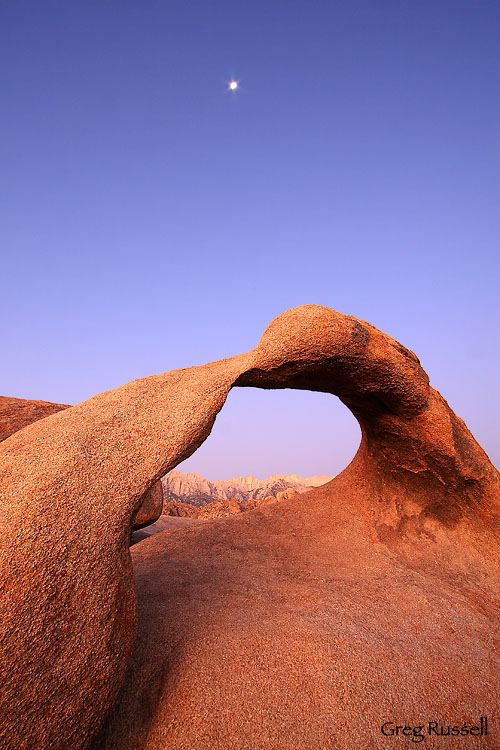 Galen’s Arch at dawn, Alabama Hills, California, October 2009
Galen’s Arch at dawn, Alabama Hills, California, October 2009
This post also appears here, as part of the California Nature Photographer’s blog.
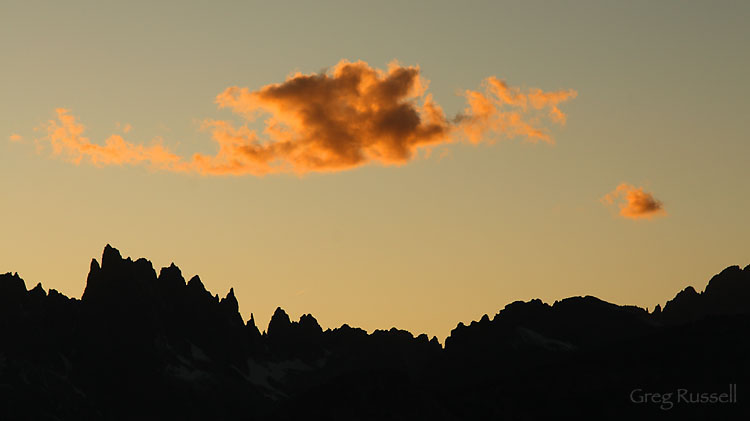 The Minarets at dusk, Sierra Nevada mountains, California, October 2009
The Minarets at dusk, Sierra Nevada mountains, California, October 2009
